Unveiling Eastern Traditions
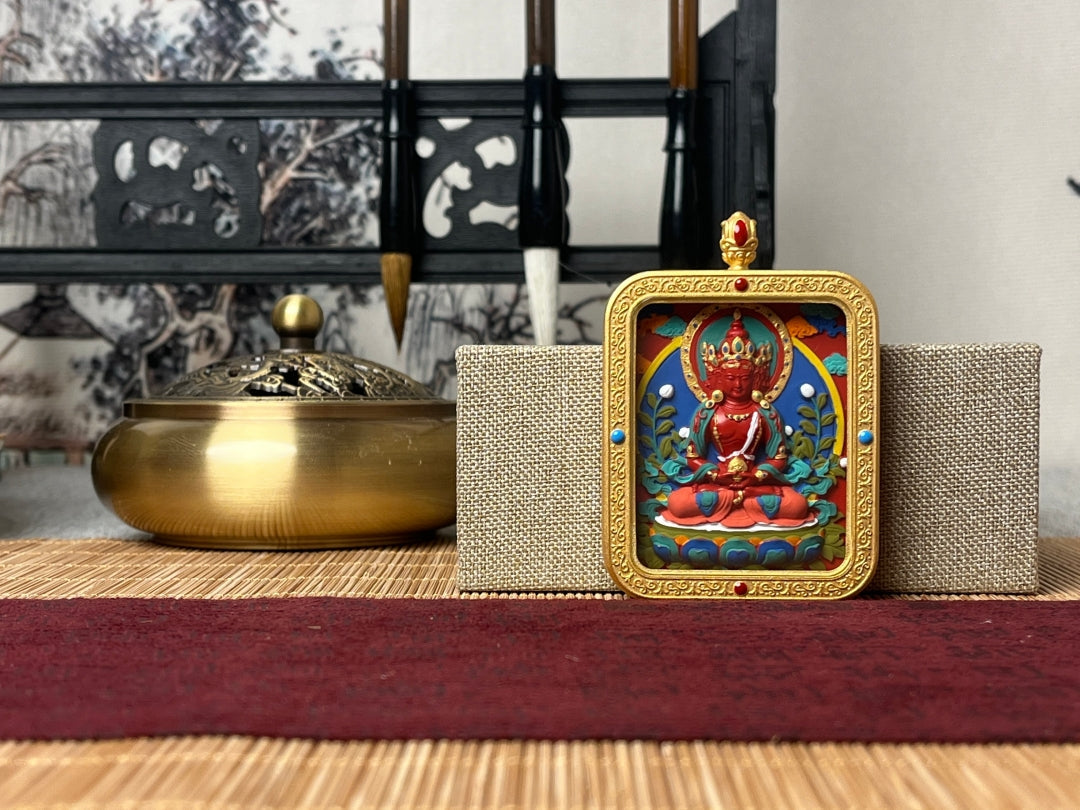
Packaging With Purpose: How to Wrap and Present Sacred Jewelry Respectfully
Giving a sacred pendant—whether a hand-painted Thangka, a brass amulet, or a silver guardian charm—is more than passing along a pretty object. It’s passing a story, an intention, a small portable s...
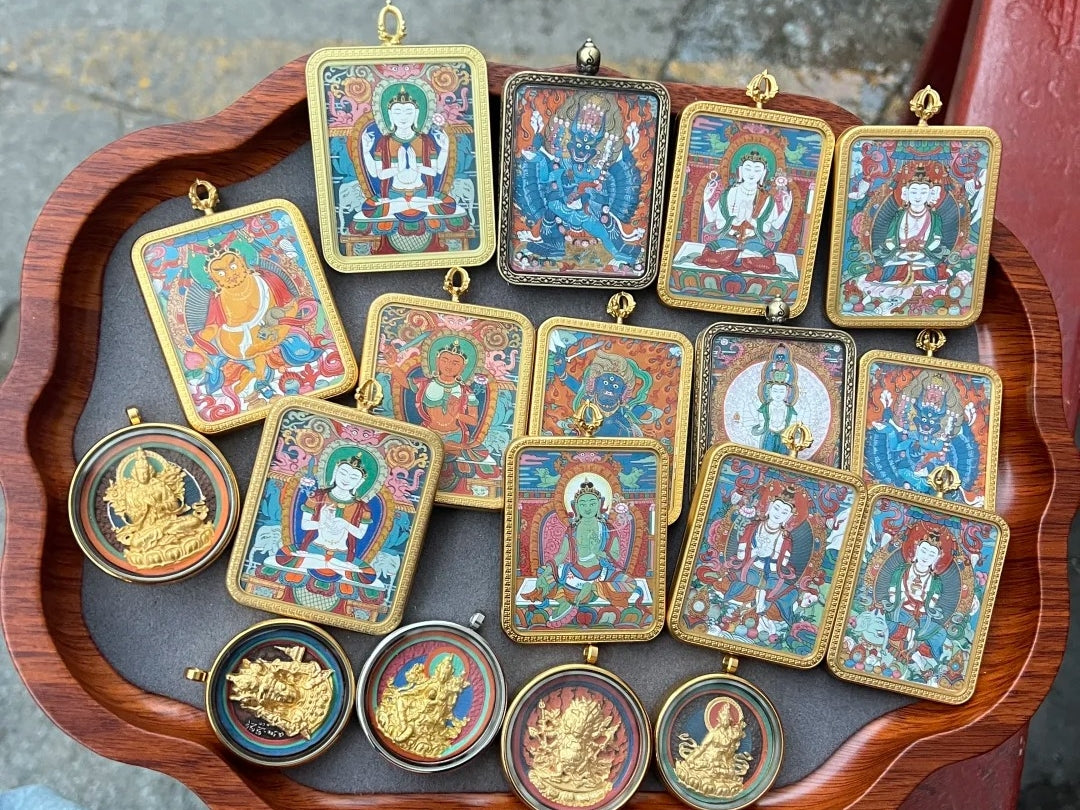
Color & Meaning: How Red, Gold, Turquoise, and Black Speak in Thangka Jewelry
In Tibetan art every color carries more than decoration — it’s a language. When artisans translate Thangka palettes into pendants, gawu boxes, and enamel work, they’re not only choosing pretty hues...
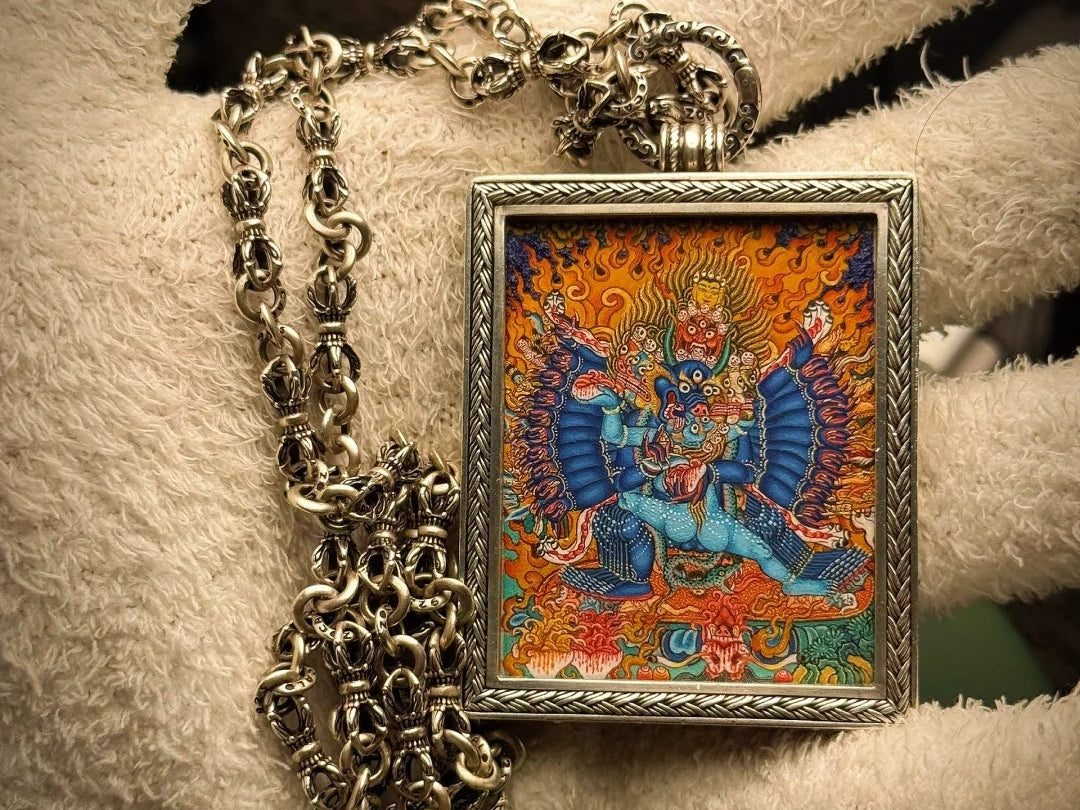
A Seasonal Care Calendar for Hand-Painted Pendants & Mixed-Metal Jewelry
Hand-painted pendants and mixed-metal pieces—especially those inspired by Tibetan Thangka art—carry more than visual beauty. They hold stories, symbols, and blessings. Because of this, caring for t...
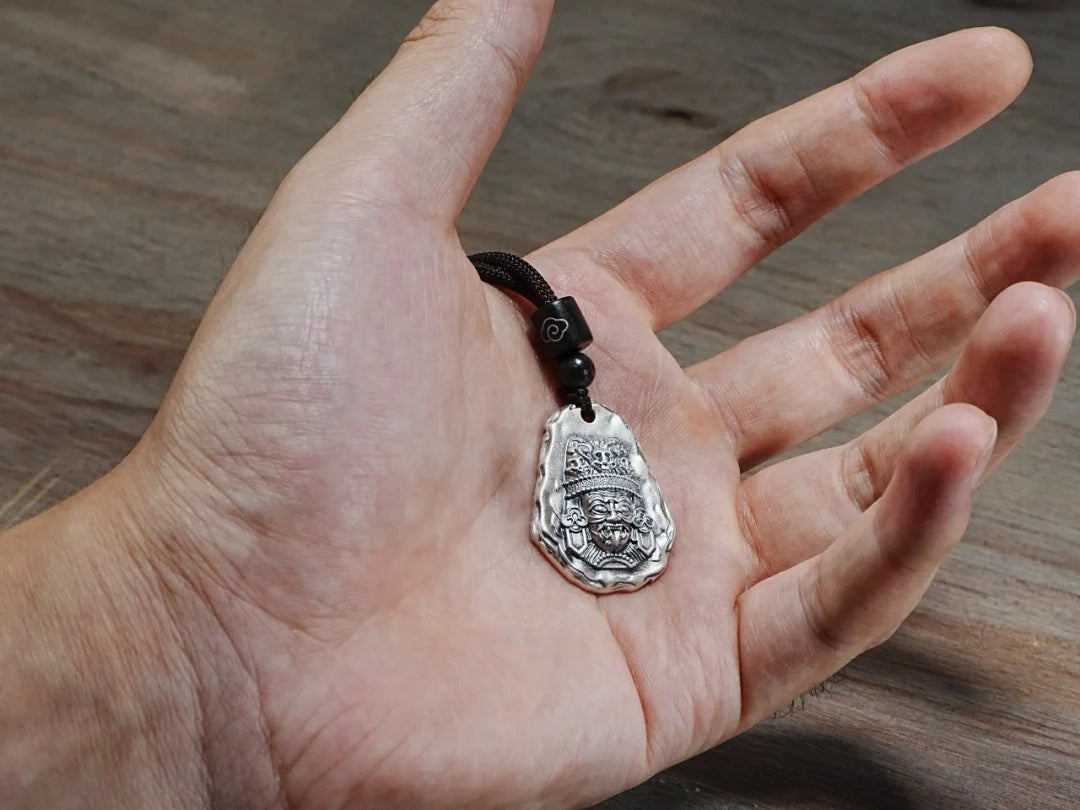
The Art of Tibetan Silverwork: How Generations Preserve Sacred Craftsmanship
Across the Himalayan region, silver has never been just a material—it has been a storyteller, a spiritual companion, and a vessel of cultural memory. Tibetan silverwork, in particular, carries a de...

The Spiritual Energy of Metals: How Silver Has Been Used for Protection Across Cultures
Across different civilizations, languages, and belief systems, one metal seems to carry a remarkably consistent meaning: silver. Whether shaped into ceremonial vessels, protective jewelry, or simpl...

Creating a Sacred Corner at Home: Simple Ways to Build a Peaceful Sanctuary
There’s a quiet kind of comfort that comes from having a place in your home where the world seems to soften. A corner that reminds you to slow down, breathe, and reconnect with yourself. In many Ea...

From Temple to Necklace: How Sacred Icons Become Everyday Companions
For thousands of years, sacred icons have lived in temples—quiet, luminous, and deeply revered. They stood at the center of rituals, held prayers from countless devotees, and served as reminders of...
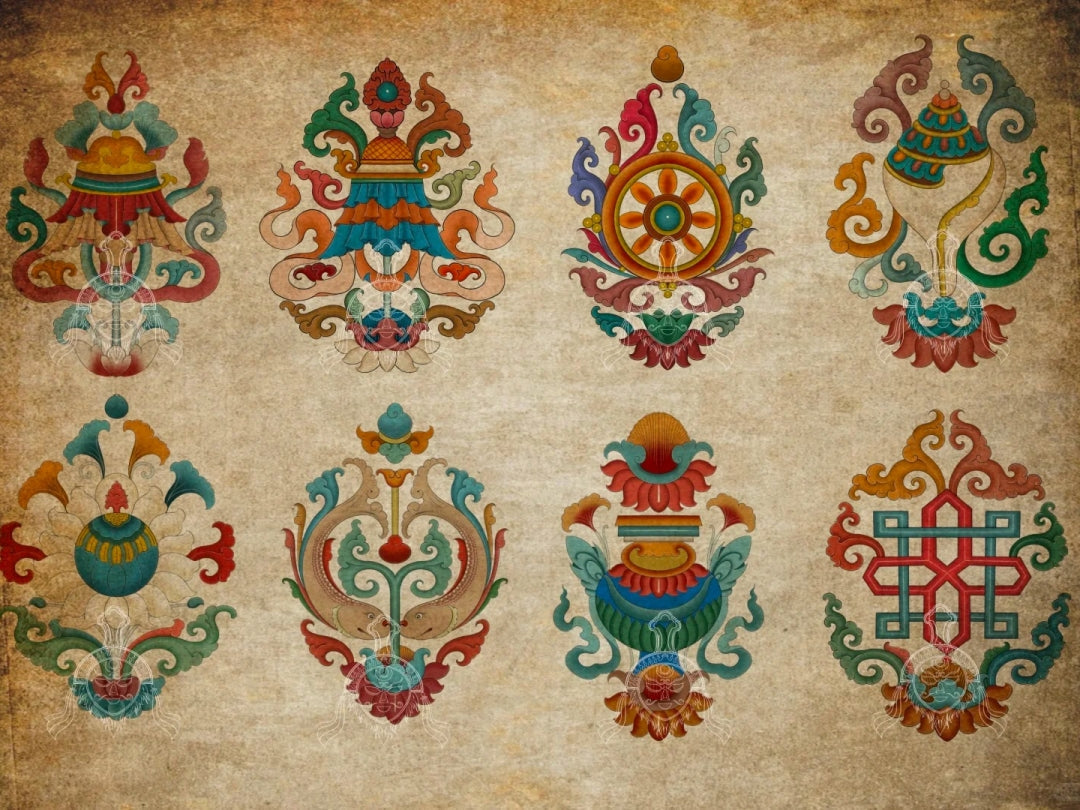
Sacred Geometry in Eastern Art: The Patterns That Protect, Inspire, and Illuminate
Across many Eastern traditions, art is more than decoration—it is a visual language built through lines, symmetry, and sacred geometry. These ancient Eastern patterns weren’t created for beauty alo...
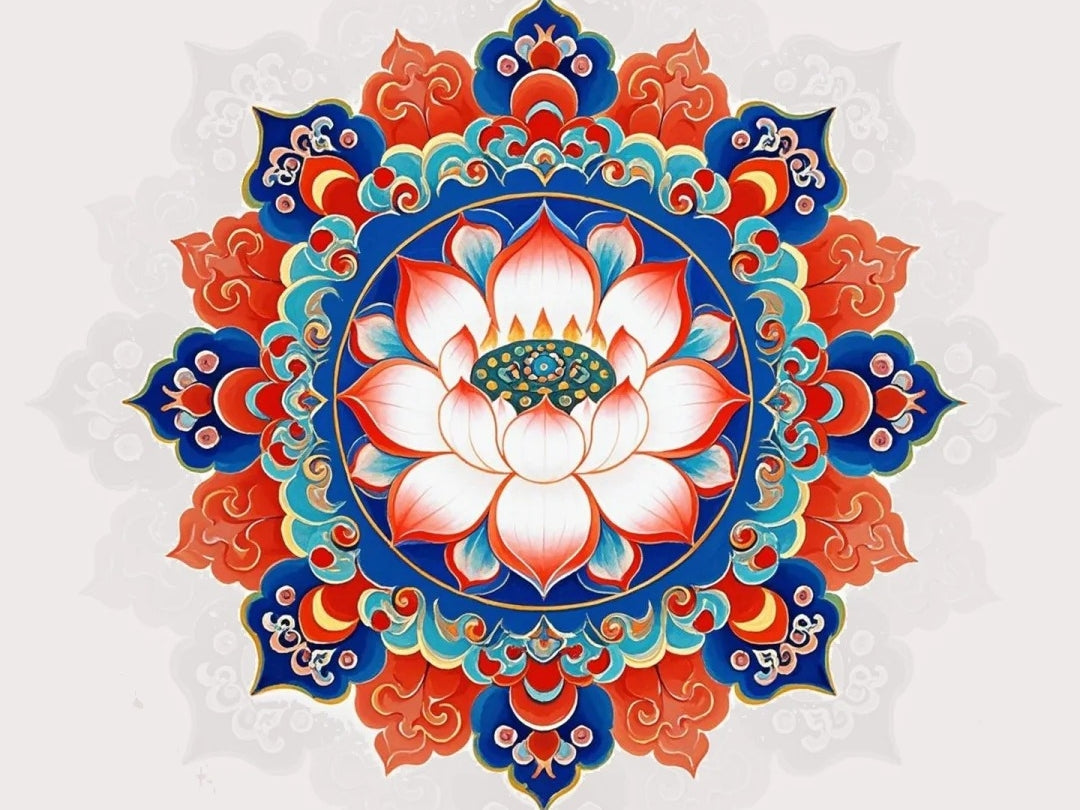
The Spiritual Language of Symbols: Understanding Eastern Sacred Motifs in Daily Life
Symbols have always carried a quiet power—an ability to speak directly to the heart without using a single word. In Eastern traditions, sacred motifs developed over thousands of years to guide, pro...
